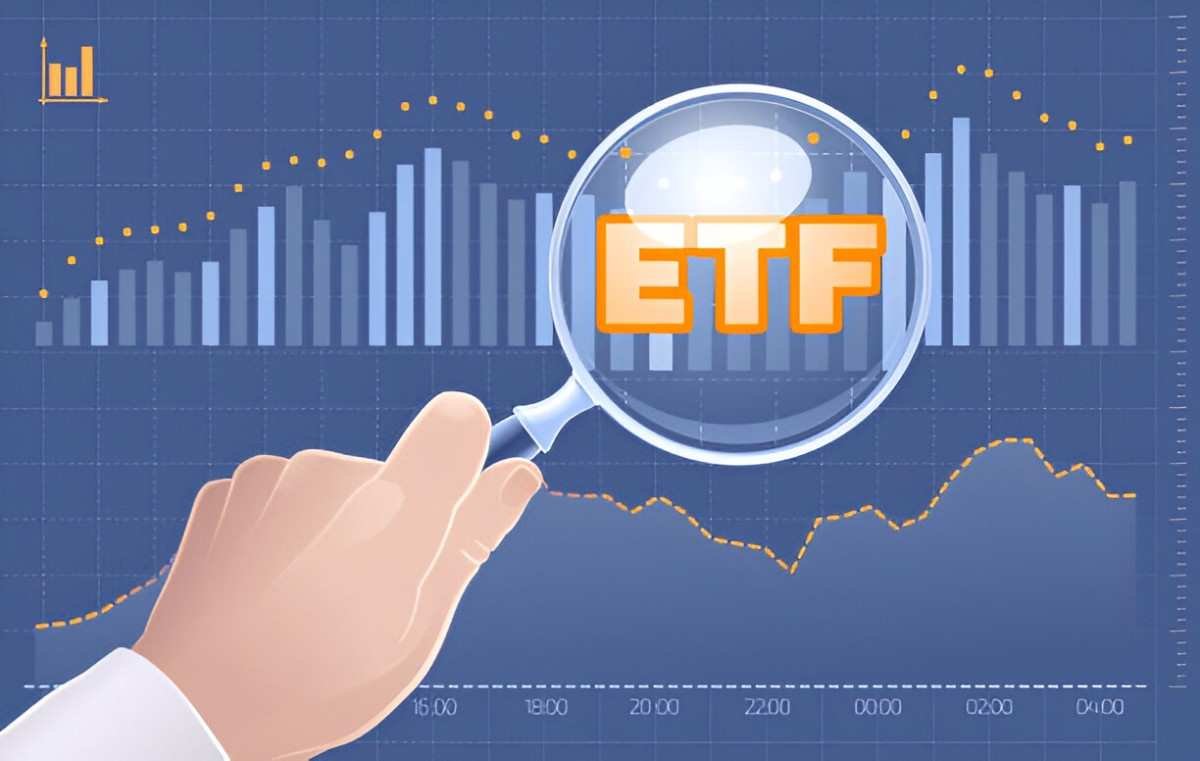Introduction
When I invest, I prefer strategies that reduce risk while maximizing long-term returns. Dollar-cost averaging (DCA) is one such strategy—it involves investing a fixed amount at regular intervals, regardless of market conditions. But which investment vehicle works best for DCA: exchange-traded funds (ETFs) or mutual funds?
Table of Contents
Understanding Dollar-Cost Averaging
Dollar-cost averaging smooths out market volatility by spreading investments over time. Instead of timing the market, I invest a fixed dollar amount periodically, buying more shares when prices are low and fewer when prices are high.
The formula for average cost per share under DCA is:
\text{Average Cost} = \frac{\text{Total Amount Invested}}{\text{Total Shares Acquired}}For example, if I invest $1,000 monthly in a fund:
| Month | Investment | Share Price | Shares Bought |
|---|---|---|---|
| Jan | $1,000 | $50 | 20 |
| Feb | $1,000 | $40 | 25 |
| Mar | $1,000 | $60 | 16.67 |
Total invested: $3,000
Total shares: 61.67
Average cost per share: \frac{3000}{61.67} \approx \$48.65
Even though prices fluctuated, my average cost remained below the highest price ($60).
ETFs vs. Mutual Funds: Key Differences
Before deciding which is better for DCA, I need to understand the core differences:
| Feature | ETFs | Mutual Funds |
|---|---|---|
| Trading | Traded like stocks (intraday) | Priced once daily (NAV) |
| Expenses | Lower expense ratios | Higher expense ratios |
| Minimum Investment | No minimum (share price) | Often $1,000+ initial minimum |
| Tax Efficiency | More tax-efficient | Less tax-efficient |
| Automation | Manual or broker-assisted | Fully automated |
1. Cost Considerations
ETFs generally have lower expense ratios than mutual funds. For example:
- Vanguard S&P 500 ETF (VOO): 0.03% expense ratio
- Vanguard 500 Index Fund (VFIAX): 0.04% expense ratio
While the difference seems small, over 30 years with a $10,000 annual investment, the cost difference compounds:
\text{FV} = P \times \left( \frac{(1 + r)^n - 1}{r} \right)Where:
- P = \$10,000 (annual investment)
- r = 7\% (expected return)
- n = 30 years
With VOO (0.03% fee):
r = 6.97\%
With VFIAX (0.04% fee):
r = 6.96\%
The ETF saves me $5,000 over three decades.
2. Automation and Convenience
Mutual funds win here. Most brokerages allow automatic investments into mutual funds, whereas ETFs require manual purchases or broker-assisted recurring investments (which may incur fees).
If I want a set-and-forget approach, mutual funds are simpler.
3. Tax Efficiency
ETFs are more tax-efficient due to their in-kind creation/redemption process, which minimizes capital gains distributions. Mutual funds, especially actively managed ones, distribute taxable capital gains annually.
For example:
- iShares Core S&P 500 ETF (IVV): Rarely distributes capital gains.
- Fidelity Contrafund (FCNTX): Distributed $2.51 per share in capital gains in 2022.
If I hold ETFs in a taxable account, I keep more of my returns.
4. Flexibility and Liquidity
ETFs trade throughout the day, allowing me to execute limit orders. Mutual funds only trade at the end-of-day NAV.
However, for DCA, this matters less since I’m investing at fixed intervals.
Which Is Better for Dollar-Cost Averaging?
When ETFs Are Better
- I want lower costs (expense ratios, tax drag).
- I prefer intraday trading flexibility.
- I’m comfortable with manual investing or paying for automated ETF purchases.
When Mutual Funds Are Better
- I need full automation without extra fees.
- I’m investing in a tax-advantaged account (IRA, 401k), where tax efficiency matters less.
- I prefer fractional shares without restrictions (some ETFs don’t allow fractional shares).
Final Verdict
If I prioritize cost efficiency and tax savings, ETFs are the better choice. But if I want hands-off automation, mutual funds win.
For most long-term investors, ETFs in a tax-advantaged account with broker-assisted DCA strike the best balance.





